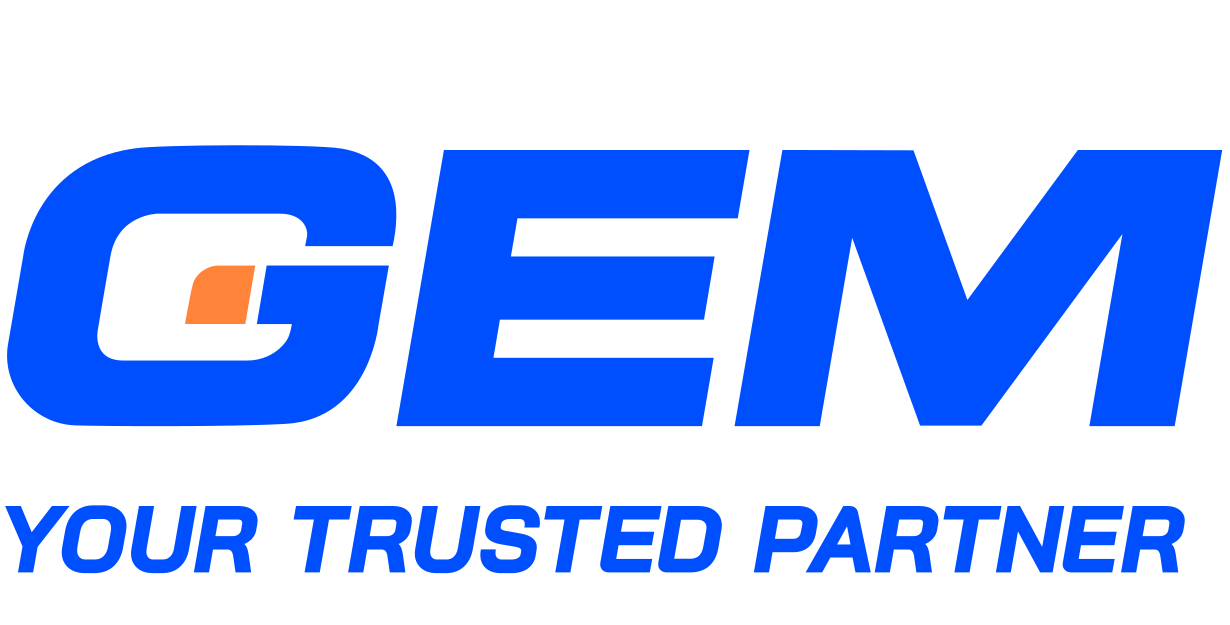Contents
Unsupervised NLP is gaining the spotlight in chatbots’ training. Discover what it is and how it differentiates from the conventional supervised NLP.
“Talking” to chatbots when purchasing an item or acquiring a service may not be strange nowadays. Chatbots are a great tool in providing information on frequently asked questions or manage simple tasks that can be performed autonomously without human assessment. Commonly, chatbots learn how to “talk” via supervised Natural Language Processing (NLP). However, new technology, naming unsupervised NLP, is rising and claimed to have the potential to open new doors in data handling. The difference between these techs and whether or not your business should pivot to unsupervised NLP will be explained in this article.
Supervised NLP as the conventional learning system for chatbots
Concept explained
Natural Language Processing is a branch of AI that helps computers understand and interpret human language. NLP contains two main parts: Natural Language Understanding (NLU) and Natural Language Generation (NLG). While the former helps computers understand the semantics of the given texts, the latter conducts the natural correspondence according to the interpreted semantics. NLP helps machines like chatbots learn and adapt to highly contextual queries.
Supervised NLP Chatbots evolved from the original scripted chatbots, armed with Artificial Intelligence (AI) technology. At first, Scripted chatbots could only respond to pre-defined queries with exact wording. Thus, scripted chatbots required much expert supervision to analyze, add and adjust the interpretation whenever new content or a new way of expression is recognized.
To perform, supervised NLP-enabled chatbots will acquire a large amount of well-labeled data refined according to certain conditions to serve specific purposes (in this case, to train chatbots). The way the chatbots are supervised is similar to how a teacher gives his students end-to-end guidance in class. The system continuously analyzes input (labeled data) and estimates the output (desired response) until the standard of automatic answers is justified.
Pros & Cons
Chatbots with supervised NLP systems can provide seamless, natural conversation with humans if equipped with a sufficiently large database. Furthermore, they can be personalized in the conversion with each individual, bringing about a high customer interaction and satisfaction level. This personalization factor was made important and indispensable by the tech leaders such as Apple, Google, and Amazon (Forbes, 2021).
However, this type of chatbot still contains several downsides. Firstly, they can only function well if provided with abundantly categorized data sources, which can be expensive to construct. Secondly, to maintain a high level of outcome, frequent supervised pieces of training are required, so are high-profile experts. Rulai also pointed out that it could take months on average to build a considerable chatbot system. Moreover, over time the system costs a lot of man-hours to maintain since it needs teaching to deal with new data. Thus, unsupervised NLP is the new step forward in Natural Language Processing.
Unsupervised NLP and a more sophisticated, cost-effective way to communicate with customers
Concept explained
Unsupervised NLP learning is the newest movement in the segment of learning the human language. It still functions based on machine learning‘s core mechanism yet does not require input to be categorized. It can analyze the information on its own to provide the proper responses from the determined patterns. This means that the machine would learn the context itself and give appropriate responses without sample answers. This autonomous learning process is the reason why it is called “unsupervised.” Thus, the need for experts’ supervision could be reduced to the minimum. The setup time is also decreased from months to hours, according to Forbes (2021).
Pros and Cons
Unsupervised NLP learning seems too good to be true, as it delivers faster, more intelligent analysis with less required training time and human resources. It might be the solution for the business to adapt to “the new normal” caused by the Covid-19 pandemic: distanced interactions increase with a higher level of contextual complexity (Forbes, 2021). The amount of undefined data will rise, while the time to handle and respond will drop significantly. Thus, an agile system is much in need to deal with this phenomenon.
Nevertheless, some downsides exist. Firstly, unsupervised NLP learning-supported chatbots bring about less accurate and trustworthy outcomes than supervised NLP learning. Secondly, since it is more computationally complex, the initial investment in infrastructure is larger than that of the supervised NLP learning method. Lastly, although it does not require experts to maintain function, it does need high-profile scientists to set up the system in the first place.
Where will unsupervised NLP chatbots fit in, and to what extent?
Suppose your business faces diverse data, which is expensive or time-consuming to categorize, or the data is rich in context. In that case, you should consider deploying an unsupervised NLP learning system for your chatbots’ better human-like engagement and support.
On the other hand, if your input is mainly labeled data and the most important task is managing repeated requests, unsupervised NLP may not suit best, but rather conventional supervised NLP.
In conclusion, technology has evolved rapidly, and there will always be new tools. It is great to get updates, but business owners should make changes based on the nature of their businesses and what would be appropriate gadgets to assist their customers.
Are you looking for a NLP expert?
1. GEM Corporation is an IT Outsourcing company experienced with developing AI solutions. We have worked on developing NLP and OCR solutions for top industrial corporations in Japan; specialized in deploying chatbots, text and image processors, recommendation systems. We are also partnering with Vietnam National University’s AI Laboratory on scientific research and talent training.
2. Our domain expertise includes Logistics, Telecommunications, Finance, Banking and Insurance, Retails, Manufacturing, and so on.
3. We have more than 7 years of experience. Our offices are based in Hanoi, Vietnam and Tokyo, Japan.
4. We have successfully built more than 100 successful projects for our clients in the US, UK, Europe, Japan, Korea, Singapore, and many more.
5. Let us know how we can help you build your next AI solution. Contact us now and get a demo for your project.






